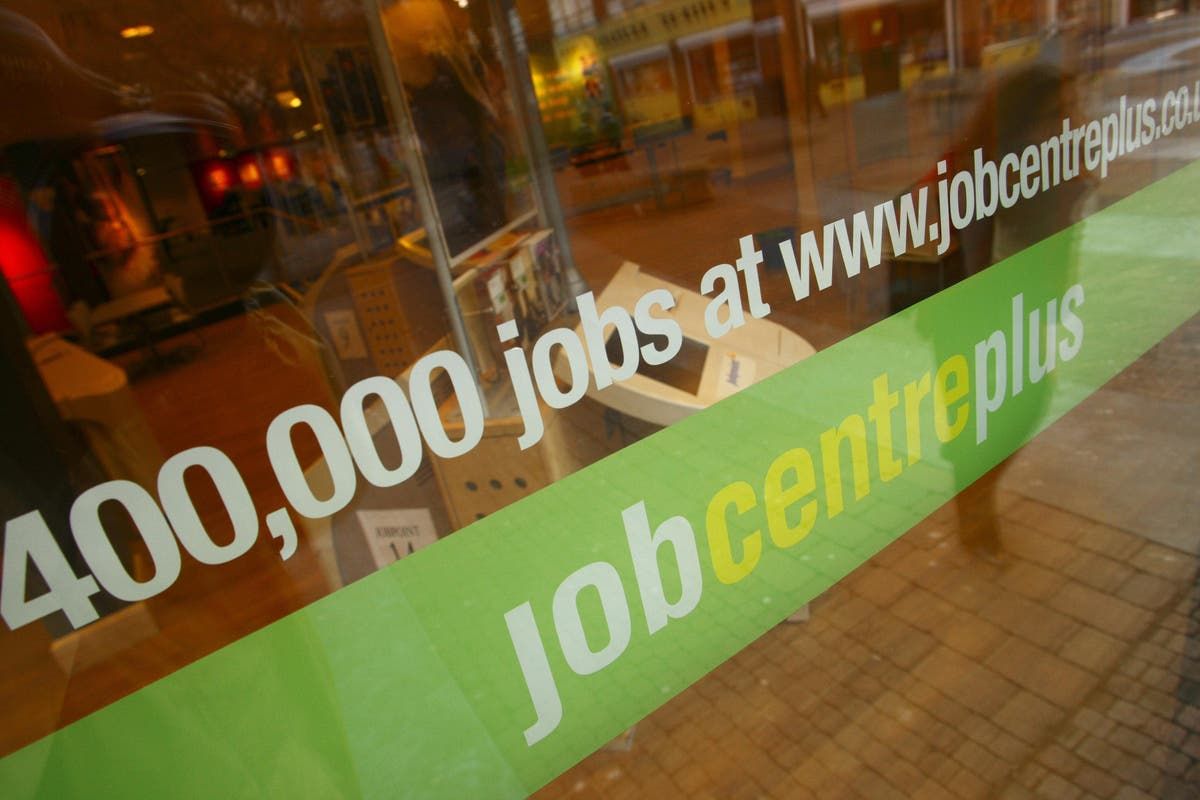Britain's unemployment rate has risen to its highest level in almost a year as vacancies continued to fall and even more people left the labor market due to health problems.
The Office for National Statistics (ONS) said the UK unemployment rate rose to 4.3 per cent in the three months to March, which is the highest since May to July last year and up from 4.2 per cent. cent in the previous three months.
The figures also showed regular average profit growth was unchanged at 6 per cent in the three months to March.
Chancellor Jeremy Hunt said: “This is the 10th consecutive month that wages have risen faster than inflation, which will help ease cost of living pressures on families.
“While we face some challenges in our labor supply, including the impacts of the pandemic, as our child care reforms, pension tax reform and social assistance come into effect, I am confident that we will begin to increase the number of people with work.”
The figures also showed regular average profit growth was unchanged at 6 per cent in the three months to March.
While this helped wages outperform Consumer Price Index (CPI) inflation by 2.4% – the highest since the three months to August 2021 – it does not help the Bank of England in its battle for control inflation.
The Bank is watching wages closely as it seeks to bring the CPI back to its 2 percent target, with cooling earnings growth seen as key to paving the way for it to start cutting interest rates.
Most economists expected earnings growth to fall to 5.9 percent.
Liz McKeown, director of economic statistics at the ONS, said: “We continue to see tentative signs that the labor market is cooling, with both employment in our household survey and the number of workers on the payroll showing falls in recent periods.
“At the same time, the steady decline in the number of vacant positions has continued for the 22nd consecutive month, although numbers remain above pre-pandemic levels.”
“Cash earnings growth remains high, with recent rate falls now stabilizing while, with inflation falling, real wage growth remains at its highest level in more than two years,” he added.
Ashley Webb, British economist at Capital Economics, said: “While the further easing of regular private sector wages in March suggests wage pressures faded slightly faster than the Bank of England expected, the broader measures of wage growth are probably still too strong. for the pleasure of the Bank.
“At the margin, this may make the Bank a little more uncomfortable about the first interest rate reduction in June.
“The drop of 178,000 jobs in the three months to March (consensus and EC -220,000) was a little smaller than most expected. Even so, the unemployment rate increased from 4.2% to 4.3% (consensus 4.3%, EC 4.2%), keeping it in line with the Bank's forecasts.
“And after a brief lull in the three months to March, the number of vacant positions resumed its downward trend in the three months to April. Vacancies fell from 913,000 to 898,000. “Admittedly, that still leaves job vacancies 10% above the pre-pandemic level, but they are still 31% below the May 2022 peak.”
More follows…










